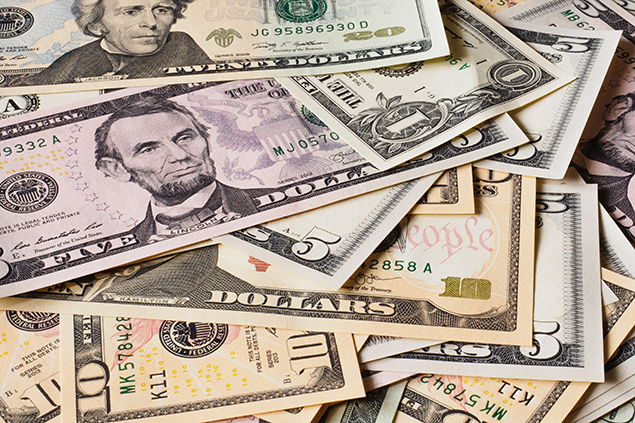French Polynesia is what I like to call “Hawaii’s Hawaii.” In other words — the deep South Pacific, where the first people to settle Hawaii sailed from in large canoes, using only the stars to navigate.
This rich history explains the similarities between Hawaii and Polynesia, but there still many differences you should know about if you’re considering a trip to either destination.
In this second part of the series, let’s compare more similarities and differences.
Beaches
In short: You can’t really go wrong with the beaches in Hawaii.

Hawaii: I’ve been lucky to visit many tropical locales around the world and Hawaii still has hands down the most gorgeous beaches. I’m talking cool, crystal blue water, swaying coconut trees, world-class waves, all colors of sand, and incredible variety of terrain and vegetation.
Off the top of my head, I highly recommend Keawakapu Beach on Maui, Hanalei Bay on Kaua’i, Mauna Kea beach on Hawai’i Island, and Waimea Bay on O’ahu. And that’s just scratching the surface. There are so many incredible, accessible beaches across Hawaii!

French Polynesia: in my experience across 3 islands and an atoll, beaches in French Polynesia are way fewer and farther between. The islands of Tahiti, Bora Bora, and Moorea all seem to have one “main beach” of the popular white sand variety.
Bora Bora’s Matira beach was the most gorgeous and exotic for sand, but Tahiti’s Vaiava Beach had the most spectacular sealife, swimming, and clear water. The other beaches that I saw on those islands were much smaller and rockier with black or gray sand.
The atoll of Rangiroa had a beach with small swimmable sections, but the real appeal was the giant lagoon, although it didn’t offer much beach frontage.
Culture
In short: Both are rich with culture, and some of it is shared. Hawaii is more American and Polynesia is more French.

Hawaii: The culture of Hawaii is best described as complex, rich, and nuanced. While there is the host culture of the Native Hawaiian people, we also have several other layers of nationalities who arrived long ago during the sugar plantation days (Chinese, Japanese, Filipino, Portuguese, and Korean), plus the more modern nationalities arriving to this day (Brazilian, Pacific Islander, Mainland USA) — plus the culture of the United States. It’s a lot, and it’s mostly wonderful!

French Polynesia: I can only give my observations as a tourist who speaks neither French nor Tahitian, but it appears that French Polynesia is mostly native Polynesians, French, and mixed French-Polynesian. There seems to be much fewer nationalities represented than in Hawaii. With that said, Tahitian culture is alive and well and more prevalent across the majority of the population.
Cost
In short: Both destinations are islands that depend on import shipping, so expect higher prices in general, but can still enjoy a vacation without breaking the bank.

Hawaii: Getting to Hawaii is cheap from the West Coast. Food can be pricey, but if you shop smart (hint hint Costco) and find some good happy hours you can get by pretty well. Accommodations can be reasonable if you book well in advance.

French Polynesia: Getting to French Polynesia is getting easier and cheaper thanks to more flights being added from the West Coast. Food prices are comparable to Hawaii, and accommodations can be on the very high end (should you opt for the overwater bungalows on Bora Bora, for example).
Food
In short: Hawaii’s diversity offers incredible variety, but what’s not to like about French food?

Hawaii: our cuisine is influenced by Polynesian, Asian, and American cultures. We’ve got poke, poi, and haupia alongside sushi, ramen, and dim sum, with the option for steak, burgers, and tacos.

French Polynesia: Similar to Hawaii, French Polynesia’s cuisine is influenced by Polynesian and Asian dishes, but replace the American part with French. The equivalent to poke is Poisson cru (raw fish marinated in lime and coconut milk), plus there’s plenty of breadfruit, taro, and coconut-based desserts.
French Polynesia is also very baguette-forward — they’re always fresh daily and cost about 50¢, and everyone eats them (even me!). And I’m not going to lie — it’s remarkable to stumble upon a tiny beachside cafe in the “middle of nowhere on an island in the South Pacific” and order a plate of delicious mind-blowing crepes or chocolate mousse.
***
Need a hand with your next Maui vacation? Please contact the Sunny Maui Vacations team at info@sunnymauivacations.com or call 808-240-1311, ext. 21. We’ll find you the best vacation rental condo or rental home in South Maui and help you with any and all recommendations and activities across Maui.
Image credits: Sebastien Gabriel, Bernard BEGLIOMINI, Delaney Van, Jennifer Burk, Alexander Schimmeck, Wikipedia
Need a hand with your next Maui vacation? Please contact the Sunny Maui Vacations team at info@sunnymauivacations.com or call 808-240-1311, ext. 21. We’ll find you the best vacation rental condo or rental home in South Maui and help you with any and all recommendations and activities across Maui.


